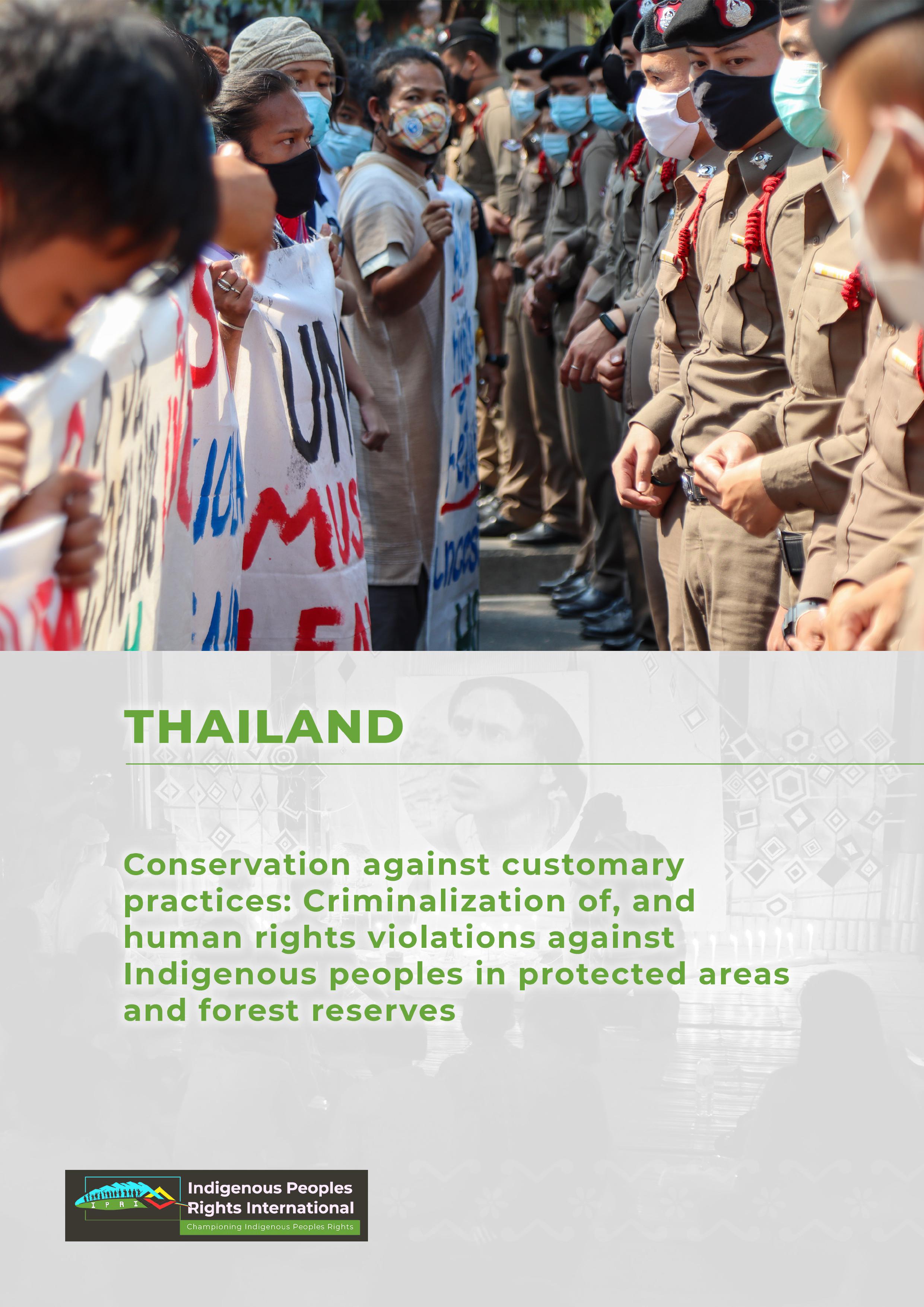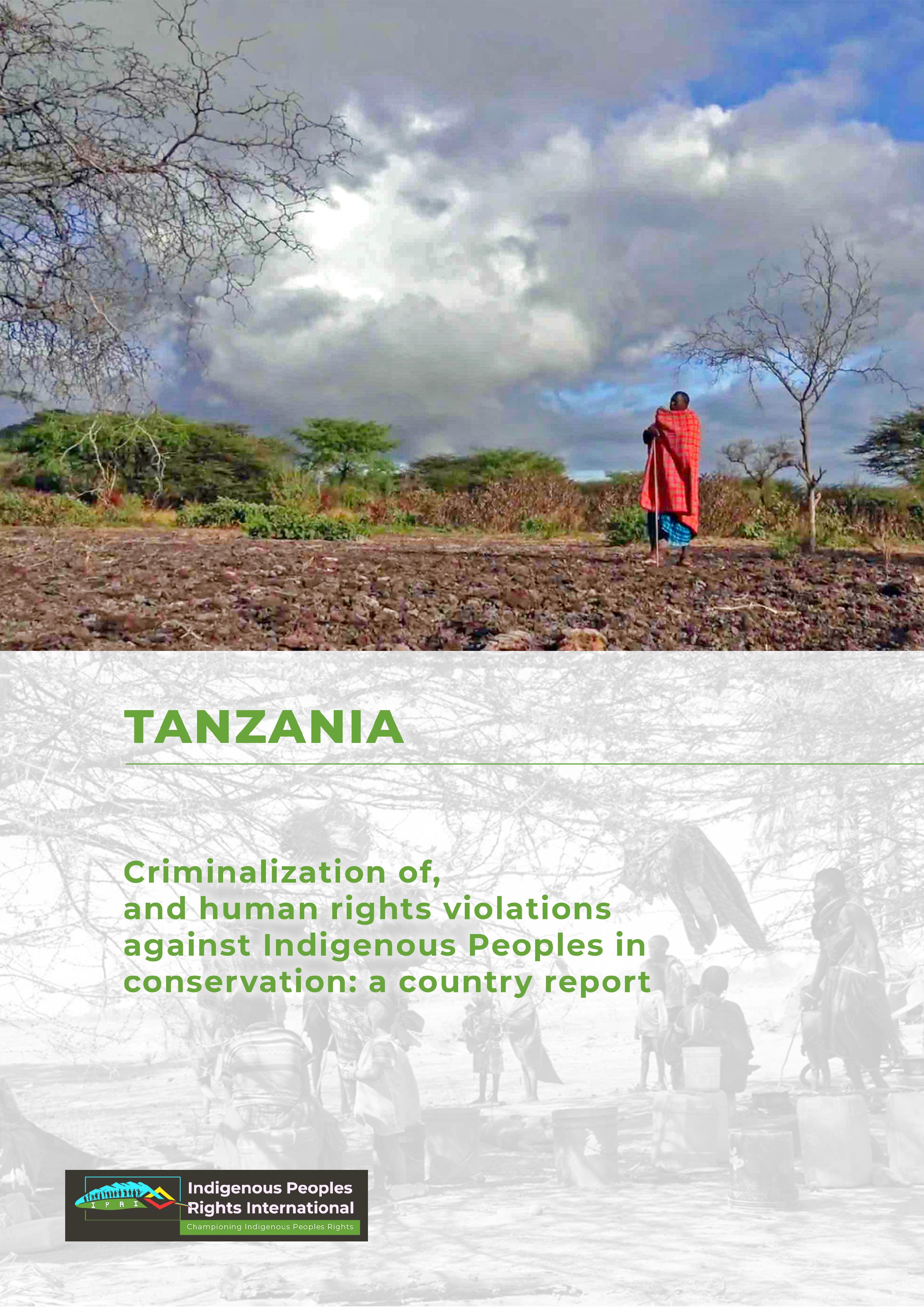- Details
The laws on environment and natural resources in Thailand restrict and criminalize the customary practices of resource management of Indigenous Peoples, who are referred to as hill tribes. The implementation of these laws are contributing highly to the weakening of Indigenous Peoples’ intergenerational transfer of traditional knowledge and undermining the exercise of their collective rights.
- Details
Human rights violations against Indigenous Peoples living within and around conservation and protected areas is a persisting issue in Kenya. Colonial laws on conservation were progressively amended under Kenya’s Constitution of 2010 resulting in laws crafted with specific clauses recognizing the roles of communities, including those of Indigenous Peoples residing in conserved forests and protected areas. However, these laws are largely disregarded by authorities who still regard and treat them as illegal settlers or encroachers.
- Details
Indigenous Peoples and other tribes in Tanzania consider half of the designated wildlife protected areas as their ancestral lands, which currently make up 40 percent of the country’s total land area. There are 657 wildlife protected areas in Tanzania today. The people who traditionally occupied these areas have suffered incessantly from violent eviction and displacement, criminalization, and other human rights violations.
- Details
Protected areas in Nepal make up 23.39 percent of its total land area. It comprises of national parks, hunting reserves, conservation areas and wildlife reserves. All these areas belong to, if not overlap with the ancestral lands of Indigenous Peoples. The establishment of these areas resulted in massive displacement and other human rights violations against Indigenous Peoples that continue until today.
- Details
The Democratic Republic of Congo (DRC) covers 60 percent of the 3.6 million km2 Congo Basin Forest, which spans six countries of the African region. Indigenous Pygmy Peoples live by, and from the forests and have maintained ancient, intense and deep cultural, social and economic links with nature for millennia. Some areas of these forests are now protected by DRC in the name of conservation of fauna and biodiversity. This has resulted in Indigenous Pygmy Peoples’ dispossession of their traditional land for the benefit of conservation without compensation or indemnification for any of their lands.











